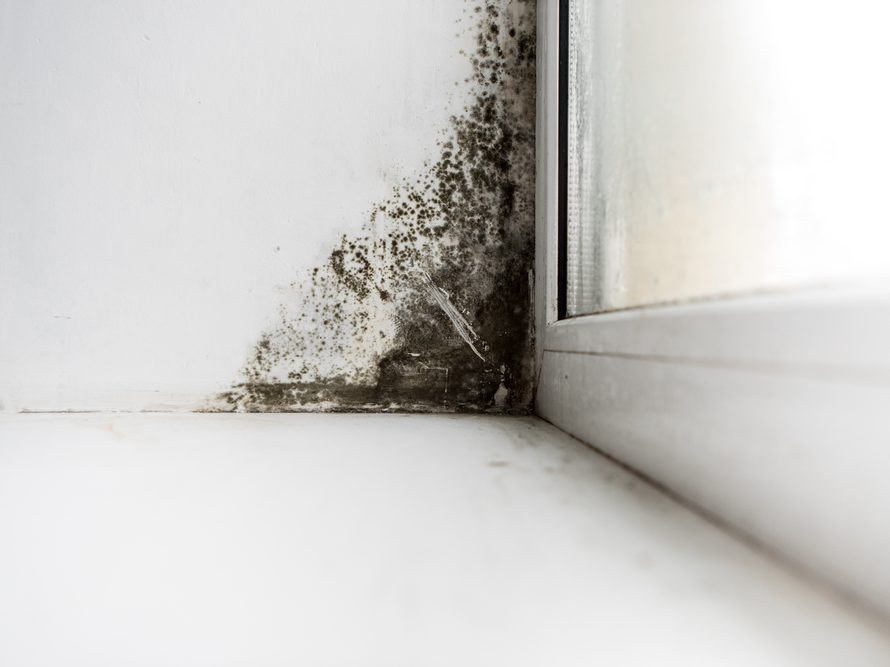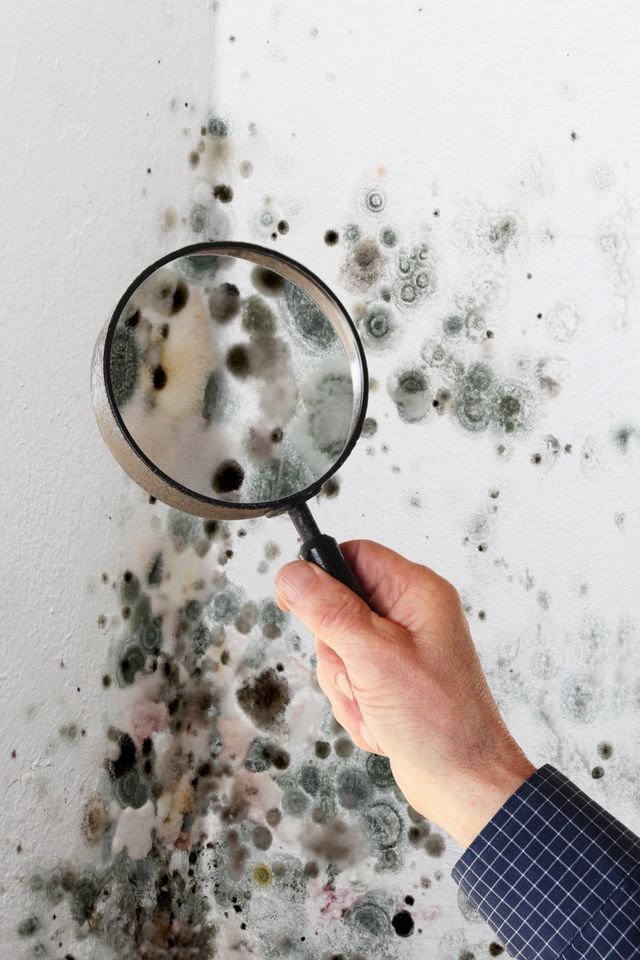Testing Air Quality After Mold Remediation
Testing Air Quality After Mold Remediation
Blog Article
Effective Article Mold Remediation Solutions for Your Home
Mold and mildew growth in homes can be a relentless problem, typically requiring an organized technique for effective post-remediation solutions. From understanding the aspects that contribute to mold and mildew development to applying proper cleansing techniques and wetness control measures, the procedure can be intricate yet vital for maintaining a healthy living setting. After mold remediation.
Comprehending Mold And Mildew Development Elements
Mold and mildew development is influenced by a range of aspects that are essential to understand in order to properly address and prevent its spreading. Comprehending these factors is essential in executing effective mold and mildew remediation approaches. The main aspect adding to mold growth is dampness. Mold and mildew spores call for moisture to flourish and germinate, making moist or wet atmospheres extremely at risk to mold invasions. Poor air flow can additionally bring about moisture build-up, developing a perfect breeding ground for mold.

In addition, air flow and light direct exposure can impact mold and mildew growth. Locations that lack proper air flow and all-natural light are more vulnerable to mold and mildew advancement. By dealing with these variables adequately, people can efficiently mitigate mold and mildew growth and safeguard their living environments.
Correct Mold Cleansing Methods
Utilizing reliable cleansing methods is vital in addressing and stopping the reappearance of mold and mildew contamination in indoor environments. When taking care of mold and mildew, it is crucial to prioritize security by using safety equipment such as safety glasses, gloves, and masks. The primary step in correct mold cleansing is to contain the afflicted location to stop the spread of spores to unpolluted locations. This can be attained by securing off the room and making use of air scrubbers or adverse air equipments to keep air top quality.

Executing Dampness Control Actions
To efficiently stop mold and mildew development and contamination in interior environments, executing wetness control procedures is extremely important. Moisture is the main aspect that gas mold and mildew growth, making it essential to handle moisture degrees within the home. Your Domain Name One efficient procedure is to make use of dehumidifiers to keep indoor humidity levels below 60%. Furthermore, making sure correct air flow in areas prone to moisture buildup, such as kitchen areas and restrooms, can assist decrease the danger of mold growth. On a regular basis evaluating and fixing any kind of leakages in pipes, roof coverings, or home windows is likewise crucial in preventing excess dampness buildup. Making use of exhaust followers while food preparation or showering, and enabling air circulation by keeping furnishings somewhat away from walls can aid in dampness control. Furthermore, utilizing moisture-resistant products in high-humidity locations, such as mold-resistant drywall and paints, can be helpful. By vigilantly implementing these dampness control procedures, property owners can effectively minimize the probability of mold recontamination and keep a healthy interior atmosphere.
Utilizing Natural Remediation Solutions
After successfully implementing moisture control steps to avoid mold development in interior environments, house owners can currently explore the performance of all-natural removal remedies in preserving a healthy space. Natural removal options use eco-friendly techniques to deal with mold and mildew and mold, making them a preferred selection for those looking for safe options. One such service is making use of vinegar, a natural antimicrobial agent, to disinfect and clean surfaces more info here contaminated by mold. Just weaken vinegar with water and spray it onto the impacted locations, allowing it to rest for a few hours prior to wiping tidy. Additionally, tea tree oil, known for its antifungal homes, can be mixed with water and sprayed onto mold-infested surface areas to prevent more growth. One more natural choice is hydrogen peroxide, which can efficiently kill mold on different surface areas without leaving damaging residues behind. By including these all-natural removal options right into their cleaning regimens, homeowners can effectively combat mold growth while promoting a healthier interior setting on their own and their families.

Preserving a Mold-Free Setting
Routinely evaluating areas vulnerable to mold and mildew development, such as shower rooms, kitchen areas, attics, and cellars, is crucial. Correct ventilation in locations with high moisture levels is additionally essential to avoiding mold and mildew growth.
Furthermore, maintaining cleanliness in the home is vital for mold and mildew prevention. Keeping indoor plants in check and guaranteeing appropriate drain in exterior landscape design can decrease dampness accumulation, reducing the likelihood of mold infestations.
Final Thought
In conclusion, it is necessary to attend to mold growth factors, utilize proper cleaning strategies, apply wetness control measures, use all-natural remediation remedies, and maintain a mold-free setting in order to efficiently manage message mold and mildew remediation in your home - testing air quality after mold remediation. By this following these methods, you can prevent mold from persisting and ensure a healthy living atmosphere for you and your family members
The key element adding to mold and mildew development is moisture. Mold spores need dampness to flourish and sprout, making wet or humid atmospheres very susceptible to mold invasions.To properly protect against mold growth and contamination in indoor atmospheres, implementing dampness control actions is paramount. Additionally, guaranteeing correct air flow in locations vulnerable to moisture build-up, such as bathrooms and kitchens, can help reduce the threat of mold and mildew development.After efficiently carrying out wetness control procedures to stop mold growth in indoor settings, homeowners can currently discover the efficiency of natural remediation solutions in preserving a healthy and balanced living area.
Report this page